While some might marvel at the storm images caught on camera in southern Alberta this summer, farmers in the area are now faced with adding up just how much Mother Nature has impacted their bottom line.

June through August is typically known as hail season in the southern part of the province, but this summer, the weather has been exceptionally severe.
Hail storms have been consistently rolling through the region over the last several weeks, virtually wiping out some farm fields in Alberta.
READ MORE: Organic farm outside Calgary loses entire harvest in hail storm
Just this past Friday, the area of Carmangay saw hail stones bigger than golf balls. The hail destroyed vehicles, trailers, tries and even injured livestock.
An area north of Stavely also fell victim to the storm, seeing hail and lightning.
According to The Weather Network, some parts of southern Alberta saw up to 40 lightning strikes per minute.

Get daily National news
Serious damage was caused to the Rosedale Hutterite Colony near Etzikom. Not only were their vegetable gardens completely destroyed, but the colony said the hail knocked birds out of the sky, killing them.
Cereal crops in the Granum-Claresholm area were hit hard and saw a 100 per cent loss. Canola fields, pea fields and alfafa crops were all hit with the brunt of the damage.
Nikki Booth, manager of The Agriculture Financial Services Corporation, said mother nature is taking its toll on farmers across the province and it shows in the amount of hail claims they’ve received thus far.
“We are seeing that we’re on track for 2012 which is our record year for hail claims in the province,” Booth said.
READ MORE: Edmonton, Calgary pounded with hail, rain during thunderstorm watches and warnings
“I’m sure there are producers out there that remember 2012 quite clearly since obviously there were a number of very damaging storms during that year.”
Booth also explained that claims have been filed for other natural events. Some areas in the province received so much rain that crops were washed out while others saw drought conditions.






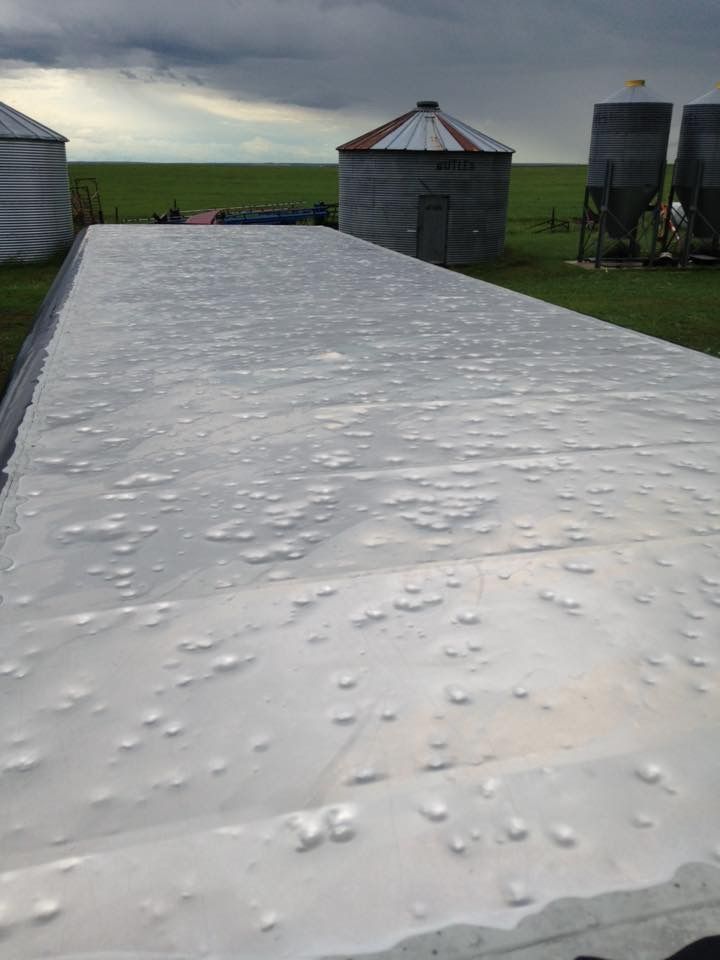











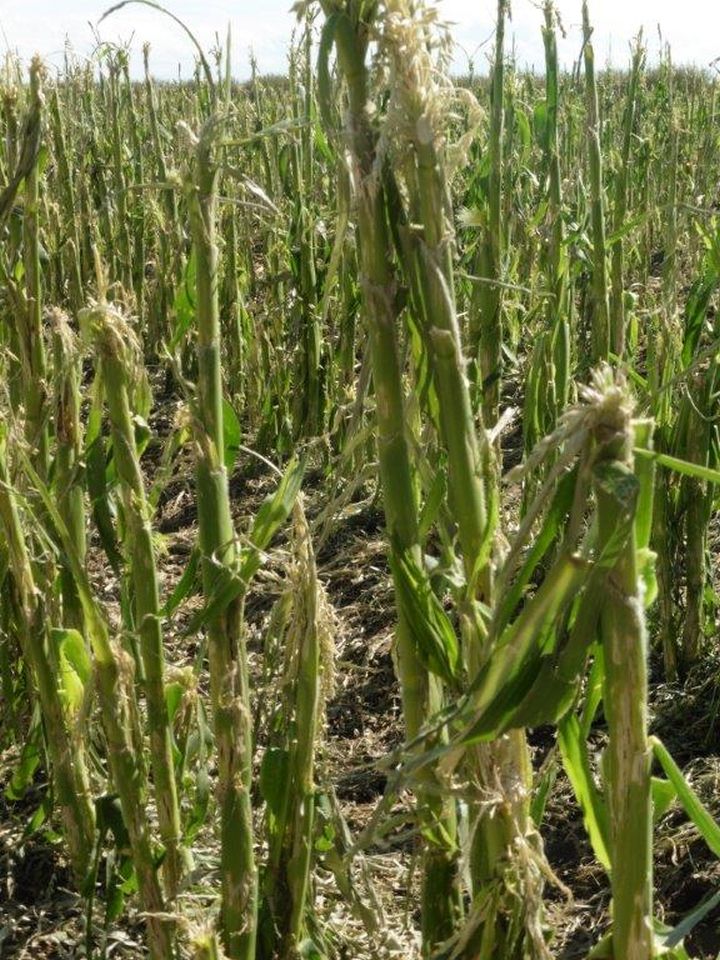

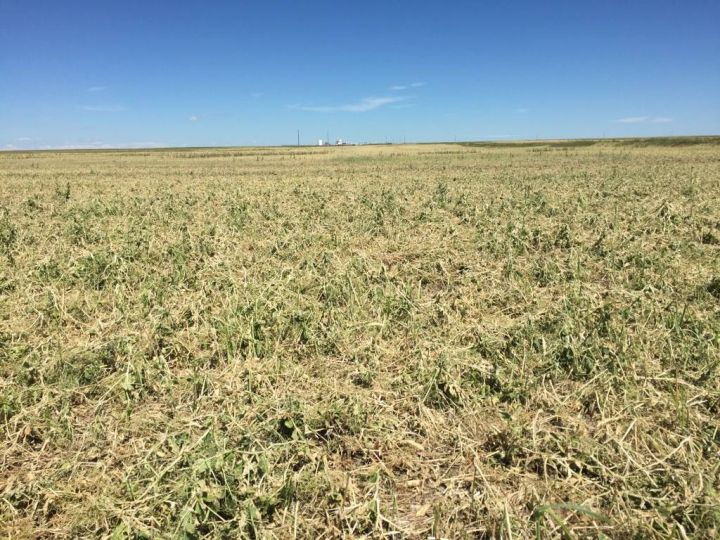

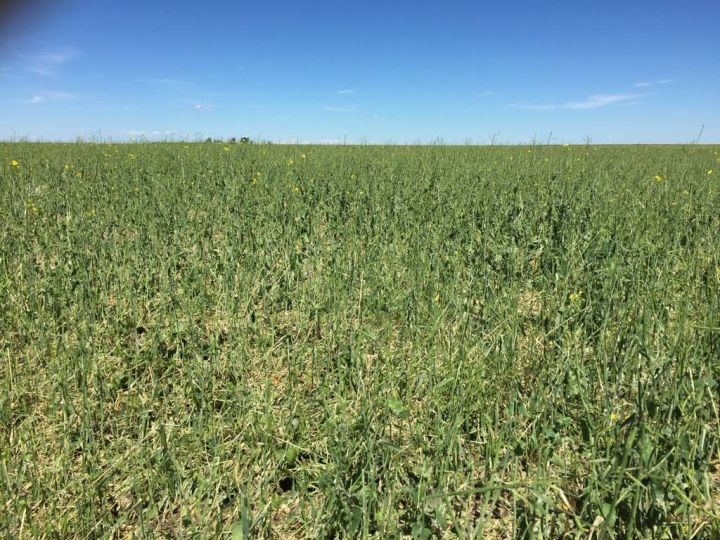

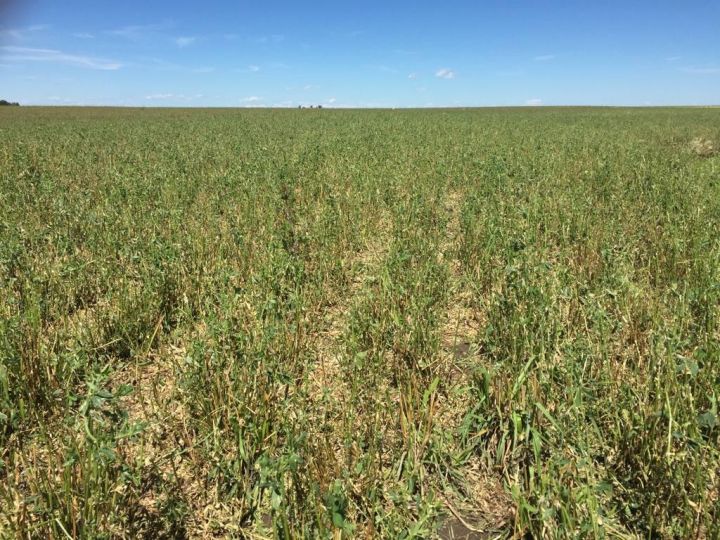
Comments